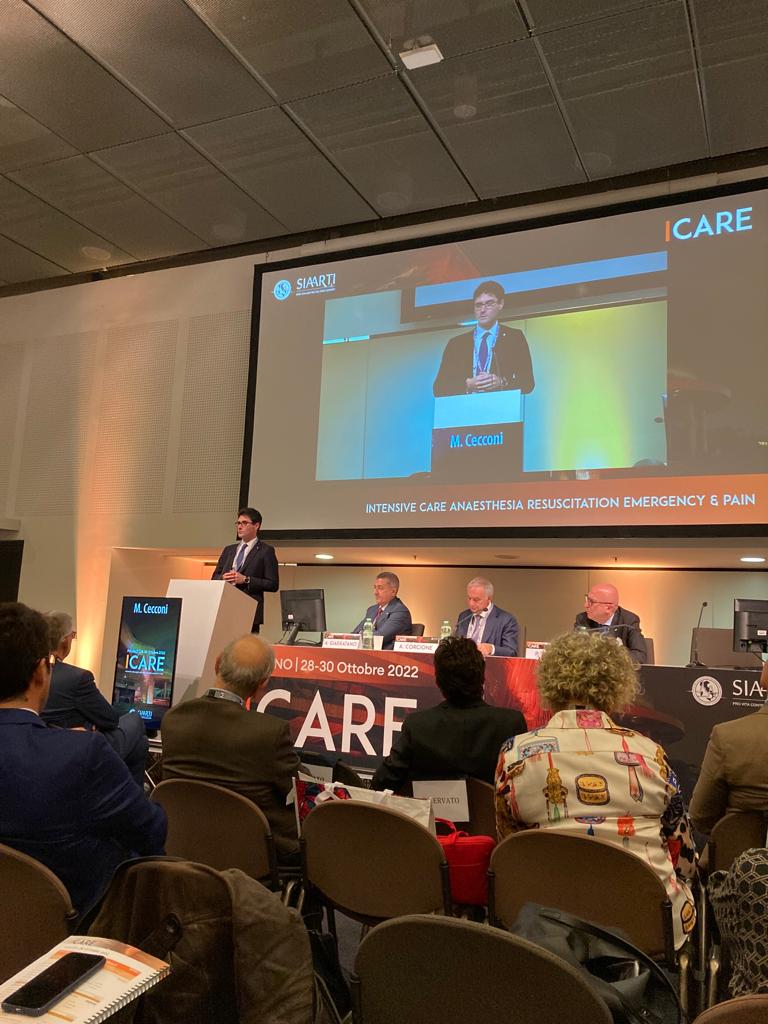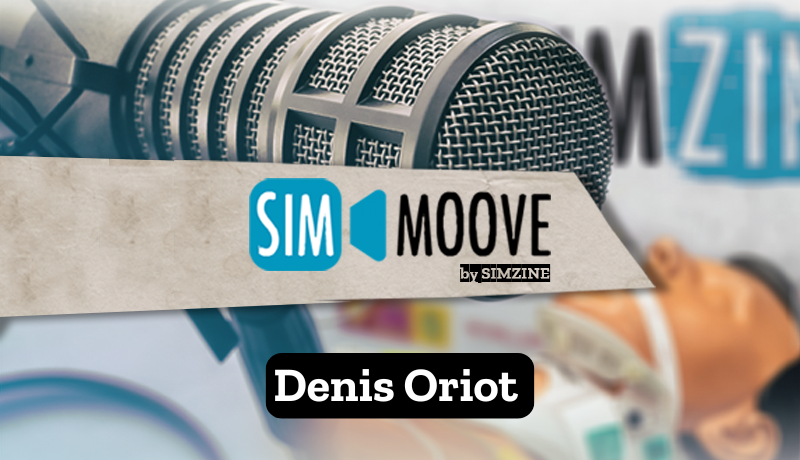The 76th SIAARTI congress took place in Milan. A lot of attention has been paid to simulation. Stefania Brusa, coordinator of the simulation section, tells us about it
ICARE means ‘I take care’, understood both as patient care and as attention to training and professional quality. It is a fundamental value for the Italian Society of Anesthesia, Analgesia, Resuscitation and Intensive Care (SIAARTI), so much so that it gave its name to the National Congress of the Society, which took place this year from 28 to 30 October, in the splendid setting of the MiCo – Milan Convention Centre.
Three days of meetings and activities intended to stimulate research, updating and clinical practice in a very complex discipline, also through discussions between professionals. One of the protagonists of this 76th edition was medical simulation, to which ample space and numerous sessions were dedicated, even a real competition between residents.
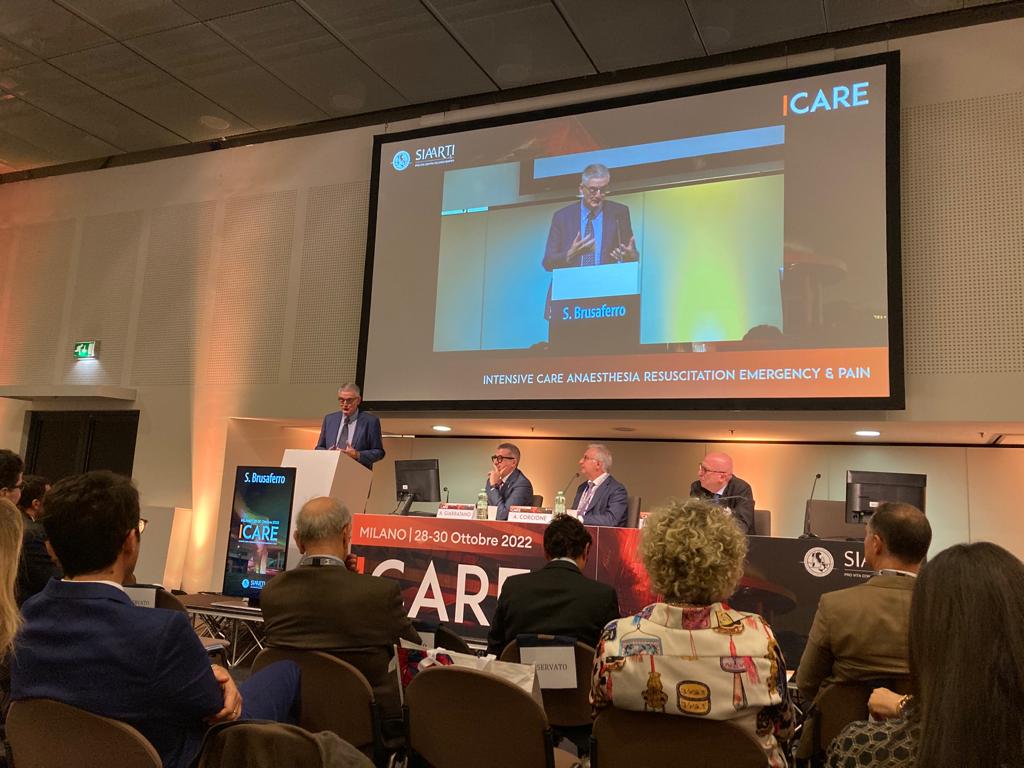
We reached out to Stefania Brusa, Scientific Coordinator of the Humanitas University Simulation Center and of the Simulation Section of SIAARTI to better understand the role that simulation has played within ICARE.
SZ: Hi Stefania, what’s new in ICARE? Are you satisfied with the 2022 edition?
Stefania Brusa: I would say yes, both for the number of participants and for the breadth of the programme. On this last point, suffice it to say that the 2022 SIAARTI I-Care program was practically a 50-page book, just to make you understand how many talks were held at the same time. Furthermore, the MiCo congress center proved to be the appropriate venue for the event. Participation was certainly large: for the established professionals, the desire to meet again after Covid played an important role; for the residents it was an opportunity to meet the big names in anesthesia. The opening ceremony was very beautiful: we started with a memory of Nicola Brienza, who unfortunately passed away recently, after which the big names in anesthesia and resuscitation followed. I was involved in various sessions every day, as the theme of simulation had been introduced in numerous areas such as the operating room, but also peri-operative medicine.
In October 2021, at the SIAARTI corporate level, the new simulation section was established. In fact, it is what was once called a “study group”: the goal is to undertake common research projects and to share methodological teaching paths. Simulation should not only be considered as a wow effect (manikin, technology, business) but the goal is to finally give dignity to this powerful teaching methodology which is very effective in adult learning.
During the Congress, ample space was given to simulation with the intention of highlighting it as a teaching methodology, with a very specific and well-defined scientific structure, also emphasizing the fact that it can be a useful tool for training the human factor in order to reduce the error.
SZ: And what were the main activities related to simulation within the Congress?
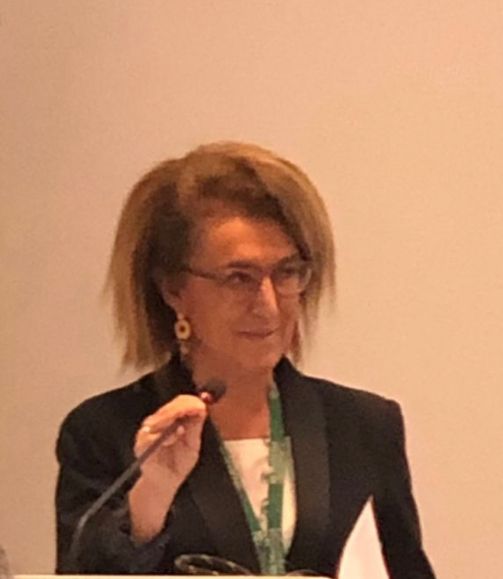
Stefania Brusa: In the exhibition space, with the support of Laerdal, skill stations were created, aimed at the training of some basic maneuvers such as difficult intubation, cricothyroidotomy, bronchoscopy, chest drainage. Registration to the skill stations was free and each station was manned by a tutor: there was a boom in applications. We even had to increase the number of tutors to be able to support all the activities. During the last day of the congress in a talk show-type area, upon drawing, there was the awarding of the participants in the skill stations. The participation was amazing, an even higher turnout than in the classrooms with frontal sessions. This certainly denotes a great interest in simulation of learners and Congress members, as well as a strong signal of attention to it from the SIAARTI Presidency.
SZ: Were there any specific innovations presented in the field of simulation for anesthesiologists/resuscitators?
Stefania Brusa: In the exhibitor booths area, the main brands of simulation-related products obviously presented their new offers.
But I would say that we have seen the greatest innovation in various areas particularly connected to Patient Safety.
Most of the sessions dedicated to simulation took place in the central part of the Congress, the one in which it is expected to have the greatest participation, and this had not happened in previous editions. In short, more than ever attention has been paid to issues related to patient safety, and how this can be achieved thanks to simulation training. The debate that took place in the Village of the Regions was very interesting, in that it discussed how simulation can be integrated into the training curriculum of the postgraduate.
SZ: Ok, here is a related question: how do you think simulation can help train graduate students?
Stefania Brusa: The main problem is that currently in Italy the integration of simulation in the curriculum of specialization schools is very uneven. The legislation provides for the use of simulation training; the Official Gazette lists a series of activities that anesthetists-resuscitators must acquire before they can be defined as competent. A series of technical skills that residents must be able to do, and the minimum number of executions per procedure to define them as ‘competent’ are listed. Then there is a fairly extensive section in which the trainee is also expected to practice non-technical skills. As regards the latter, the need for training in simulation is recognised, however, since a simulation center is not available in every university, an ad-hoc curriculum is not exactly defined. During the congress we held a Section meeting; what was agreed is that to date we still do not know which simulation centers are actually active in Italy, so we do not have a clear idea of the resources available to support all training activities. To complicate the matter, there is not a well-defined role of the ‘simulation trainer’ yet. The most precious resource is the human one: the anesthesiologists who support simulation centers often, if not always, have to divide themselves between the time dedicated to training and the time dedicated to daily clinical activity. Not everyone has the opportunity to dedicate protected time for training and to support the organization of a Simulation Center. At the Italian level we do not yet have a common vision. The problem is not only having the economic resources but perhaps it is even more important to invest in the growth and availability of human resources.
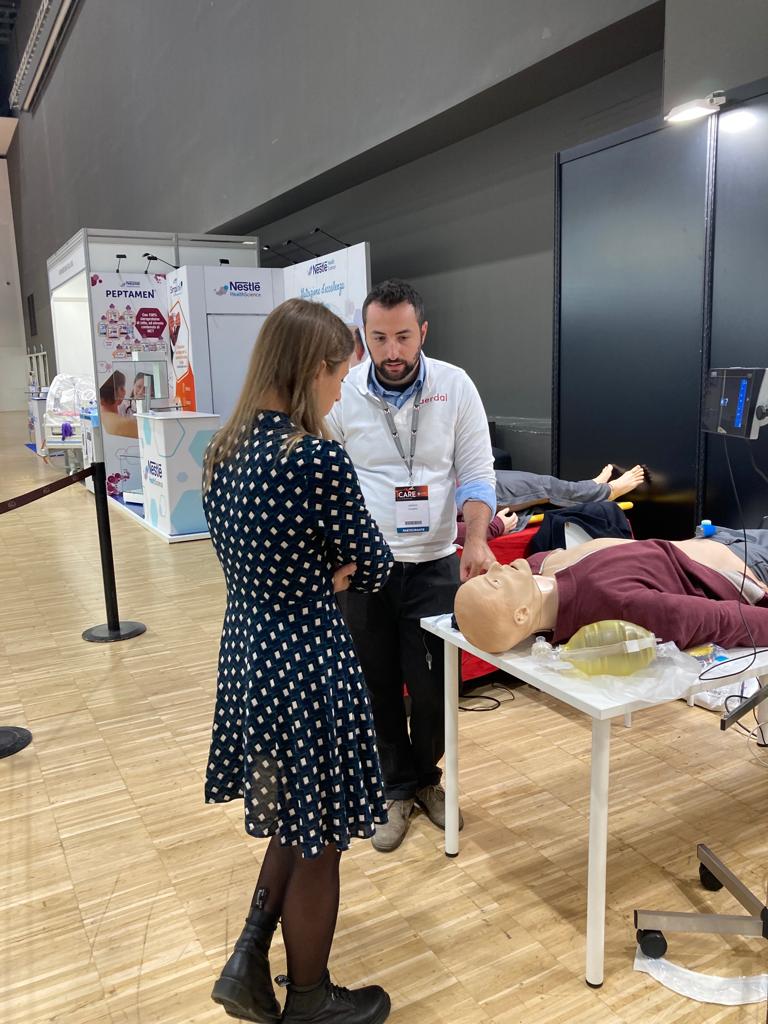
SZ: As you said, it’s much easier to involve an intern in simulation training. Instead, what do you think SIAARTI is doing to spread the culture of simulation among already trained professionals? What are the main challenges?
Stefania Brusa: I would say that the challenge started from the moment the simulation Section was established, in that it was finally recognized as an area of interest and development. Board members applied by sending a motivational letter. I am the coordinator of a fantastic team composed by dr. Francesco Barbani, Dr. Francesco Barberio, Dr. Elena Bigi and Dr. Carla Todaro; it is a group that I am really very proud of because it is a team that has a common vision regarding the future prospects of simulation in medicine. During the congress we met to take stock of what we have achieved this year. I also had the opportunity to share the new document drawn up by the Technical Table of the Ministry of Health on simulation in healthcare and which also involved the Italian Society of SIMulation in Medicine (SIMMED). We undoubtedly consider it the first brick for building a future of simulation and for all of us it is certainly a starting point for planning future activities. We have a rich training program within SIAARTI: many courses include activities that make use of simulation. Our goal is that homogeneous standards are established in educational programs, a common language is spoken and a common methodology is adopted. This is the goal for the coming year.
SZ: Thank you Stefania, good luck in the challenges that await you!
READ ALSO



